I cannot say for sure that this list is definitive. Brand enjoyment, at its core, is about human psychology and it’s something that’s in flux for each culture. However, I feel pretty confident that it covers the key bases. The following are the 6 dimensions through which most humans determine whether they find something enjoyable – brands, in this case.
1 – IMMERSION
This dimension is all about stimulating your imagination. Do you feel that a brand or experience transports you into a mindset that differs from the one you find yourself in the day-to-day? This is why World of Warcraft and the James Cameron movie Avatar were so popular upon release. They transported people out of the monotony of their lives into a space that sparked frequently untapped areas of their brains.
Ask yourself, is your brand experience immersive? Does it transition people to a different state of thinking? How might you create more immersion for your customers? If you’re not sure what we mean by immersion, think the “Jungle Cruise” at Disneyland. (If you’re not familiar with the Jungle Cruise, check out this incredible ride-along.)

2 – PERSONAL CONNECTION
This is a common one. People respond when they experience an emotional or psychological connection. When we relate to something that makes us feel things, we’re more likely to form an attachment to it. Pixar knows this, and they leverage the hell out of it. Fans young and old have developed deep connections to their movies because Pixar works hard at making connections between their characters, situations, and stories, and the lives of their audiences.
How do you do this with your brand? Think about your audience or customer base. Then, think about their lives, their experiences, and what emotions those experiences evoke. Even better, go spend a day in the life of your key audience to get a better understanding of what makes them tick. If you can find an emotion or memory that aligns with what you do – as I said before – leverage the hell out of it. Think bottle-cap pins in “Up”.
3 – DISCOVERY
Why are board games such a popular pastime? Why have crossword puzzles been a mainstay for over a century? Why did Escape Rooms take off in such a big way? Simple. It’s because a large number of people derive enjoyment from intellectual stimulation. We enjoy solving things and feeling smart.
The key to this one is knowing your audience. How smart are they, on average? A brand like The Guild of Food Writers knows that they are, at the very least, targeting people who are critical thinkers and accomplished authors. So when they branded their organization they chose a logo that they knew would elicit enjoyment from their audience by leveraging the dimension of discovery. Clever, right?

4 – IMPACT
This dimension is all about sensory stimulation. If your brand sells perfume, food, or designer tees, then this is the primary way in which you ensure the enjoyment of your target demographics. Food that tastes great generates a greater impact and is a more enjoyable experience. It’s basic, but it’s important.
What is the impact that your brand makes on customers? How can you increase the impact your brand has on customers each day? In the service industry, for example, making an impact means going above and beyond the expected call of duty, anticipating your clients’ needs, and meeting them before they realize they needed them. That will have a huge impact on your brand enjoyment.
5 – PROBLEM SOLVING
Remember my plumber? When I had a leak under my dishwasher I wanted someone I could trust to solve my problem fast and affordably. When I found the right company to solve my problem and do the job right, you can bet I will use them again.
It might go without saying that your brand should solve a problem in the market, but if your customers have a tough time understanding what you do (or even if your website is hard to find for your major brand keywords) your brand will struggle. We regularly work with brands that are game-changers in their space but have difficulty connecting with customers. Our first step is usually to identify the problem they are solving for their customers and refocusing their brand messaging on that.
6 – INCENTIVIZATION
The last dimension is about incentivizing your customers by creating psychological hooks, or dopamine hits, that foster brand enjoyment and advocacy. Sure, it might be a little scummy to build a business model around it, but how many hours have you spent playing those mindless smartphone games? I don’t even want to start counting my own time spent crushing candies.
Consider how your brand can incentivize loyalty and ongoing engagement through quick, enjoyable moments. Coffee shops offer stamp cards, grocery stores offer points on each purchase, trade show booths offer free swag to get brand permanence AND offer small dopamine hits. Gaining a reward for achieving something gives us all a little dopamine hit, and it makes us feel great, so think about how you can add small enjoyable moments and unexpected rewards to your brand experience.
In Summary
So, there you have it. The six primary ways that humans find brand enjoyment. Perhaps you’re wondering if Scott Adams’ rules can be applied here as well? Absolutely. The more dimensions your brand is able to incorporate, the greater the odds that people will enjoy it – and spend money on it.
If you’re curious about this, feel free to get in touch! We love helping brands stand out.


